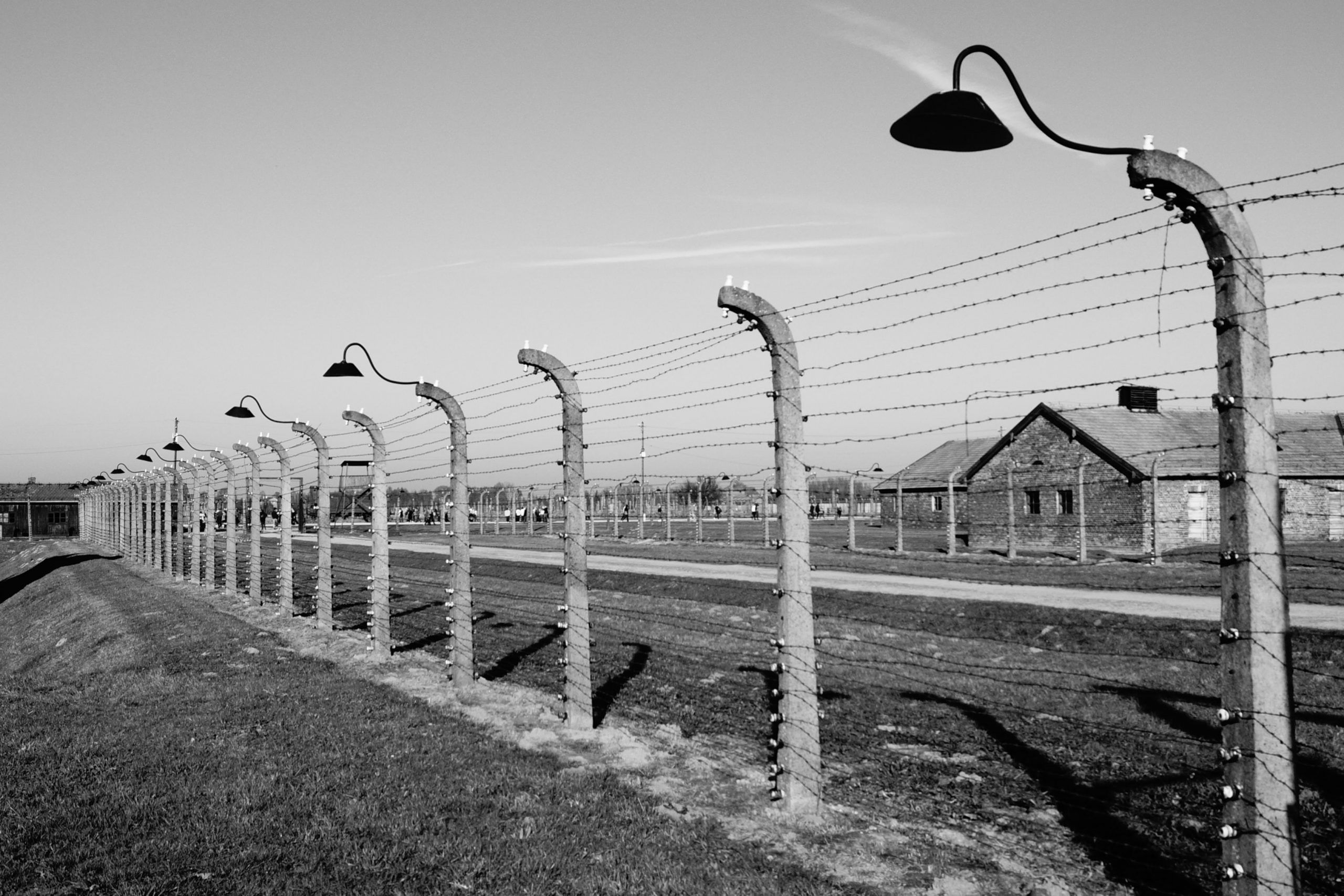Facts about Auschwitz Birkenau
Before you take a trip to the concentration camp located near Krakow, it’s worth having a few facts in mind beforehand to get a better feel for the trip. What are the hidden secrets? What was the everyday life of a prisoner like? Does everyone today have the same attitude and view of the times of the Holocaust?
And you, how much do you relatively know about this time period?
Why should we all know at least some facts about Auschwitz? Because it is one of the most important places in European history.
Not without a reason, Auschwitz excursion is so popular among tourists and that is why people from all over the world come to Poland to see this monument which found its place on the UNESCO list.
Even if you learned about it in school – it probably wasn’t much. By visiting the museum in Auschwitz, you will learn more about the history and everyday life of the time of hell on earth. Unfortunately, knowledge about the tragic history of Auschwitz-Birkenau is gradually disappearing among people. We cannot allow this to happen!
There are many unknown facts about Auschwitz that may surprise you completely. But it is something that we all need to know in order to fully understand the tragedy of genocide.

So, if you want to be fully prepared to participate in a Trip to Auschwitz, we hope that a few facts about Auschwitz will help you prepare for your Auschwitz excurision.
- Auschwitz was first built to hold Polish political prisoners, who began to be brought there as early as May 1940. Eventually, more people died at Auschwitz than the combined British and American losses during World War II…. It is hard to imagine.
- The Birkenau camp was the largest of all the established camps and sub-camps in the Auschwitz complex.
- From March 1, 1942 to November 22, 1943, the camp was under the regime of Rudolf Hössow, the commandant of the entire Auschwitz complex. He was arrested in 1946, convicted for murder and hanged in the camp.
- About 232,000 children under the age of 18 were sent to Auschwitz-Birkenau. In this number are ca. 216,000 Jews, 11,000 Gypsies, at least 3,000 Poles, and more than 1,000 Belarusians, Russians, Ukrainians, and others.
- Prisoners received „three meals” a day:
– Half a liter of water with coffee or tea substitute in the morning .
– 1 liter of soup for lunch. According to stories, the soups were disgusting, so it was difficult for new prisoners to eat them at all but they did not know that otherwise they would face constant hunger and exhaustion.
– 300 grams of black bread for dinner with a slice of sausage, margarine, marmalade, or cheese.
- There were Polish nationals in the camp until March 1942. There were also Germans, Czechs, and Yugoslavs. Beginning in April 1942, transports of Jews from ghettos all over occupied Europe began. This was a consequence of the Nazis’ „Final Solution”.
- Jewish prisoners were persecuted during the camp admission procedure. The authorities treated Jews most ruthlessly, often with refined cruelty. They all fell victim to starvation, cold, overwork and constant abuse or died in the gas chambers.
- About 60 million German marks, equivalent to £125 million today, were produced for the Nazi state through slave labor at Auschwitz during the Holocaust.
- International Holocaust Remembrance Day falls on January 27. This date was chosen because of the day the Red Army liberated Auschwitz.
- Despite thousands of pieces of incontrovertible evidence, there are still individuals and organizations that deny that thousands of people were murdered in the camp. They are certain that there were no gas chambers in the camp and do not believe that the crematoria could have burned several thousand corpses. In other words, they do not accept the fact that the camp was a site of genocide.
- From the beginning of the war, the Nazis did everything they could to hide the cruel truth from the public about the extermination of people in the occupied countries.
- After Auschwitz became a museum in 1947, the cleaning and exhumation work took more than a decade.

People should visit Museum
So they can see the horrible conditions in which these prisoners were condemned to live, because of a crazy man called Hitler. There are no words to explain this abomination and how a man can do this to his fellow man. So if you want to see this shocking place on your own, join one of the tours of Krakow or choose a more pleasant form of spending time, which is a wonderful trip to Wieliczka. There is a Salt Mine located there that will delight you with its history and construction!
